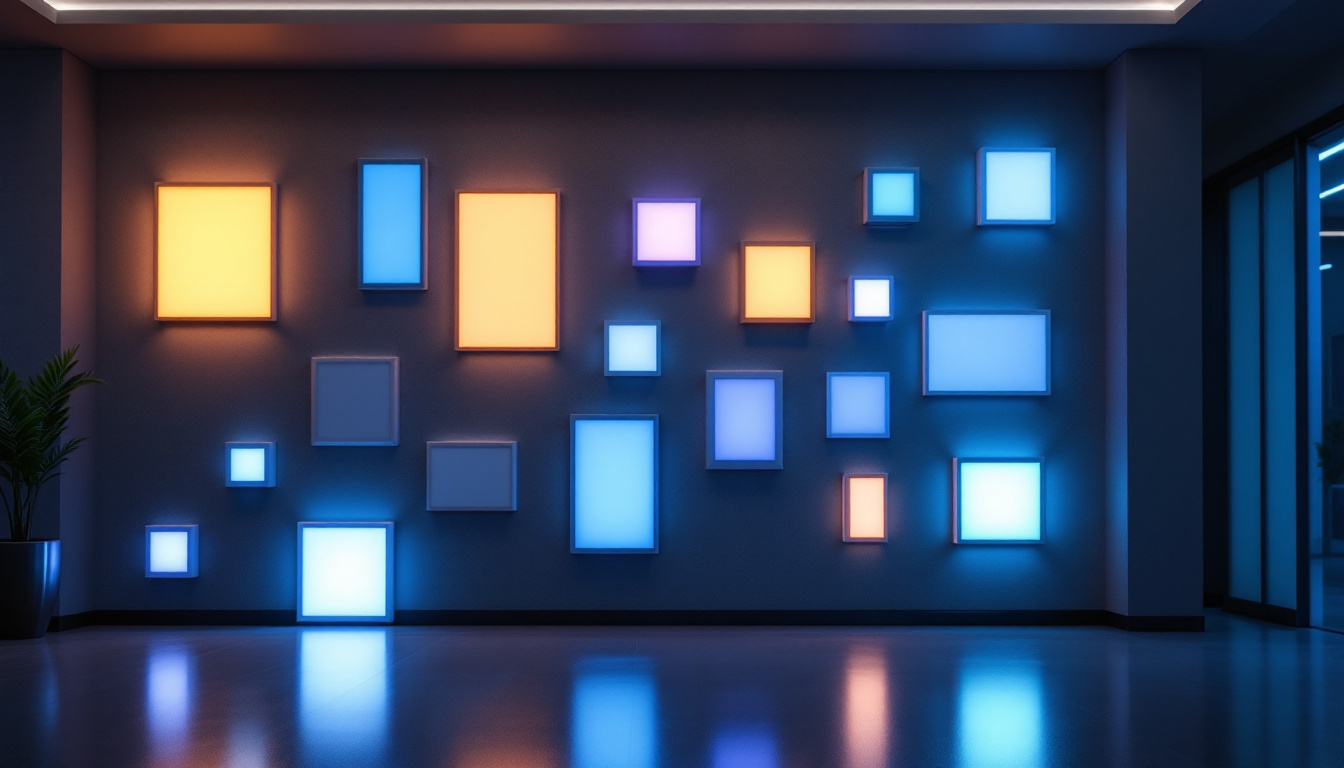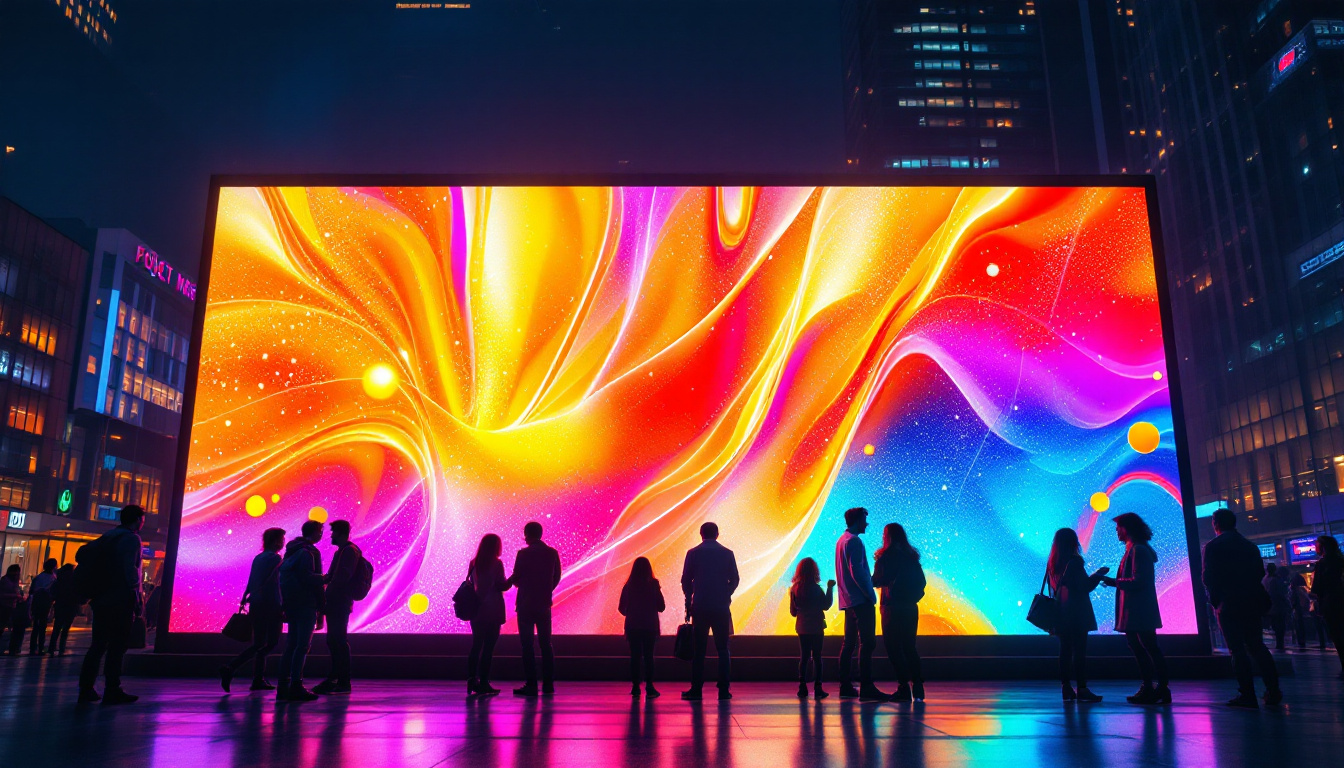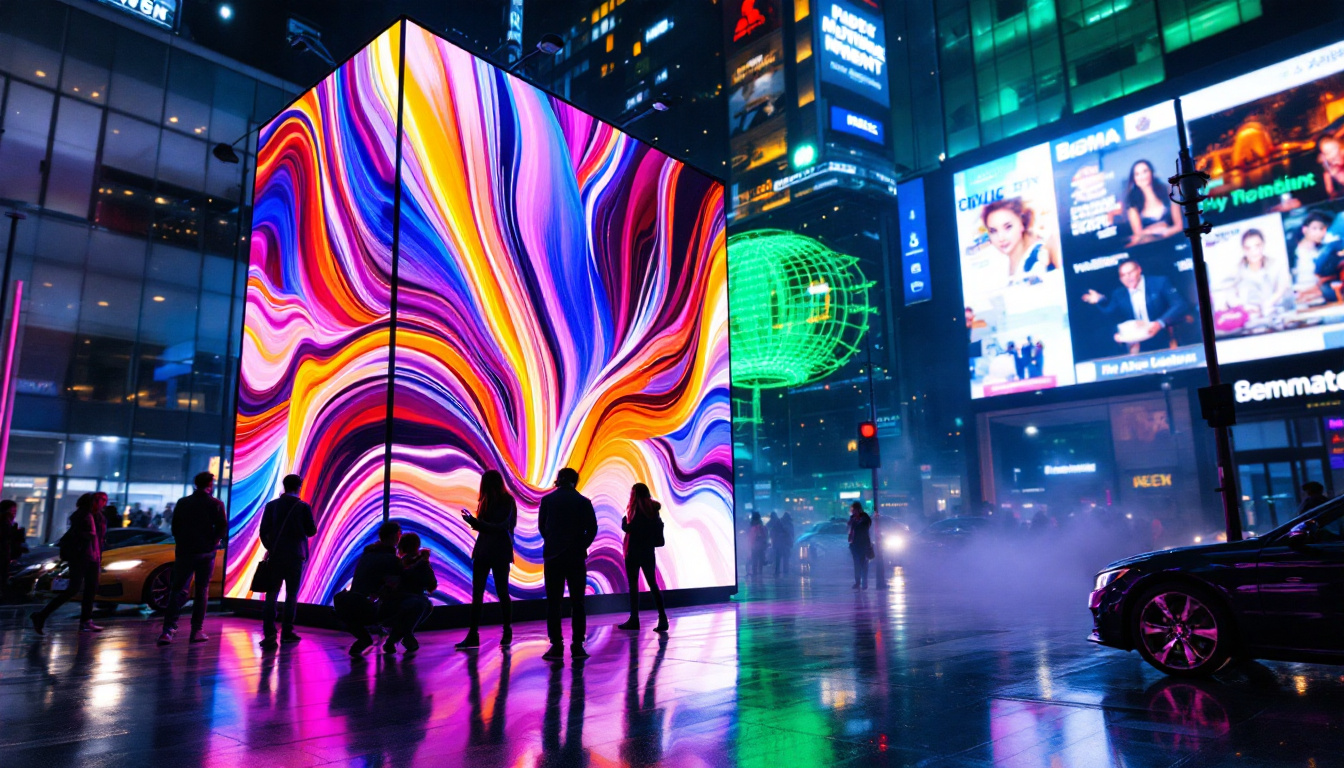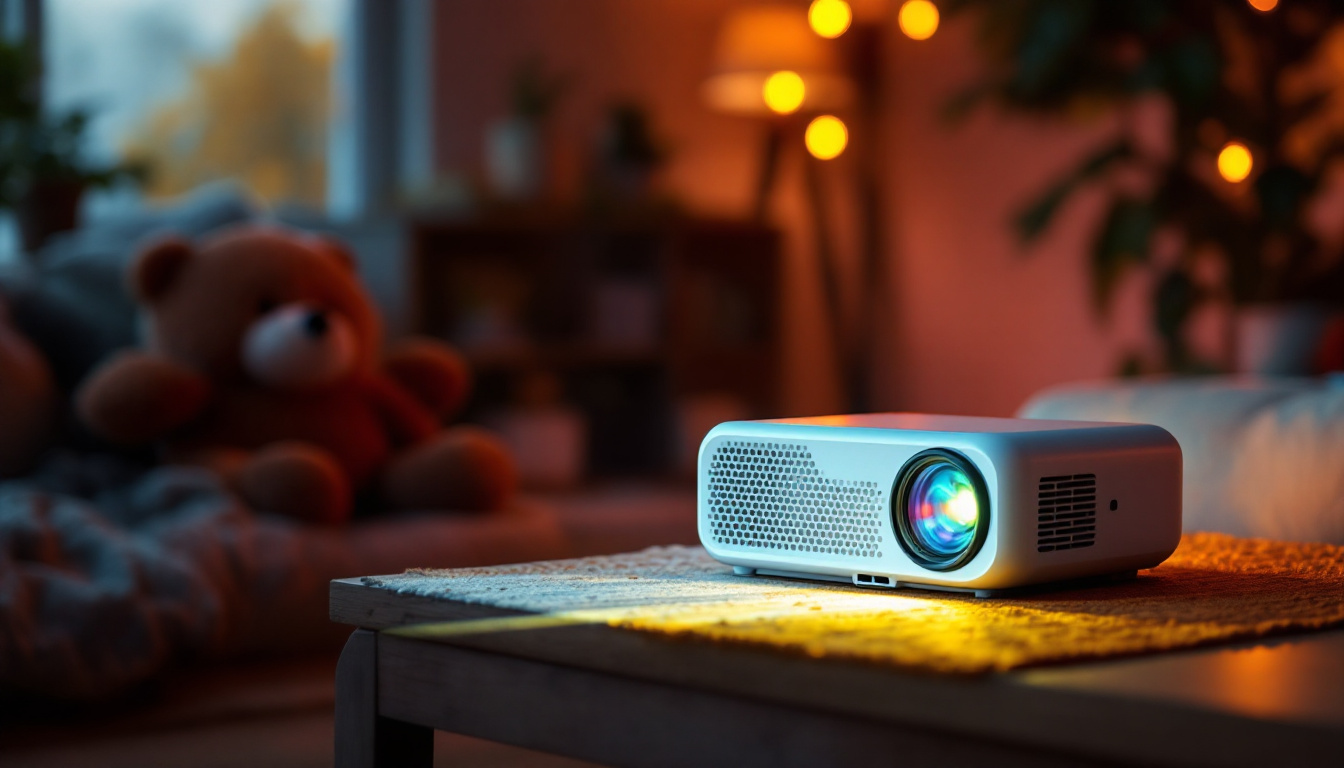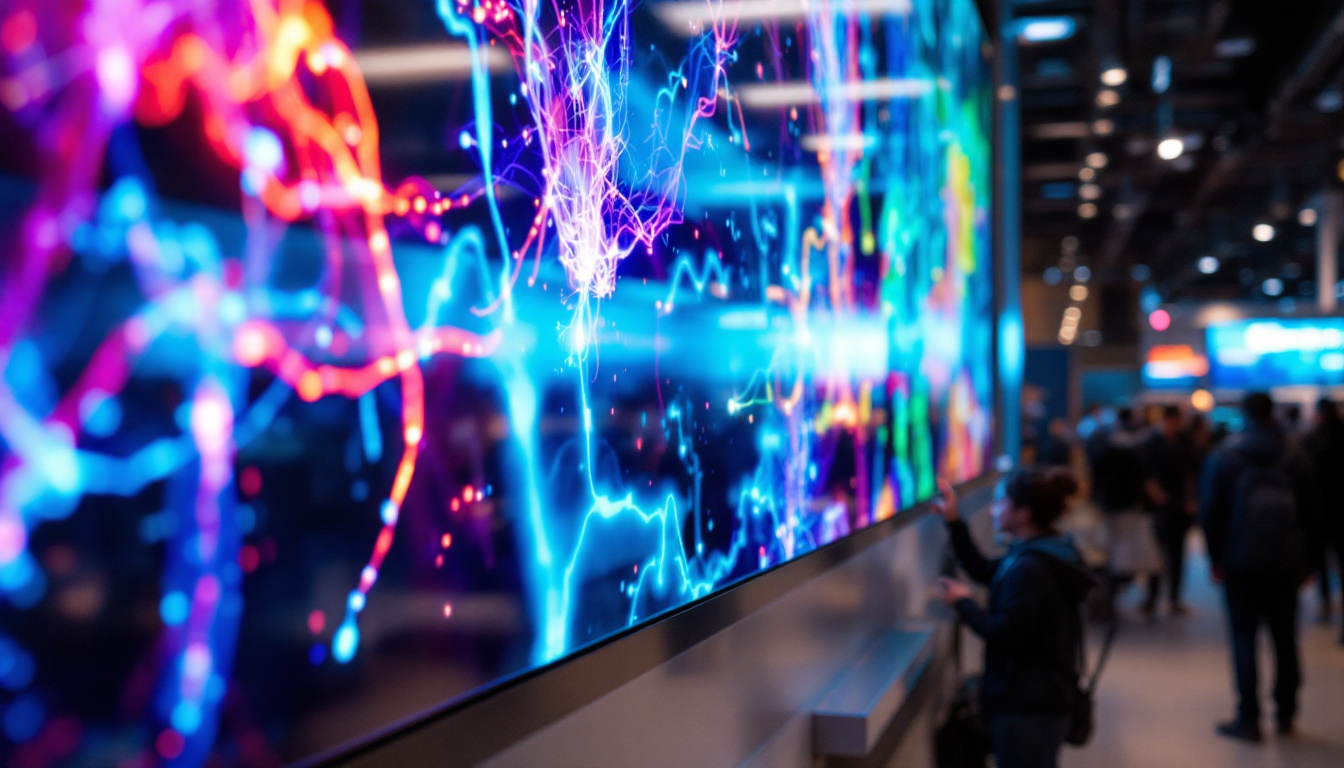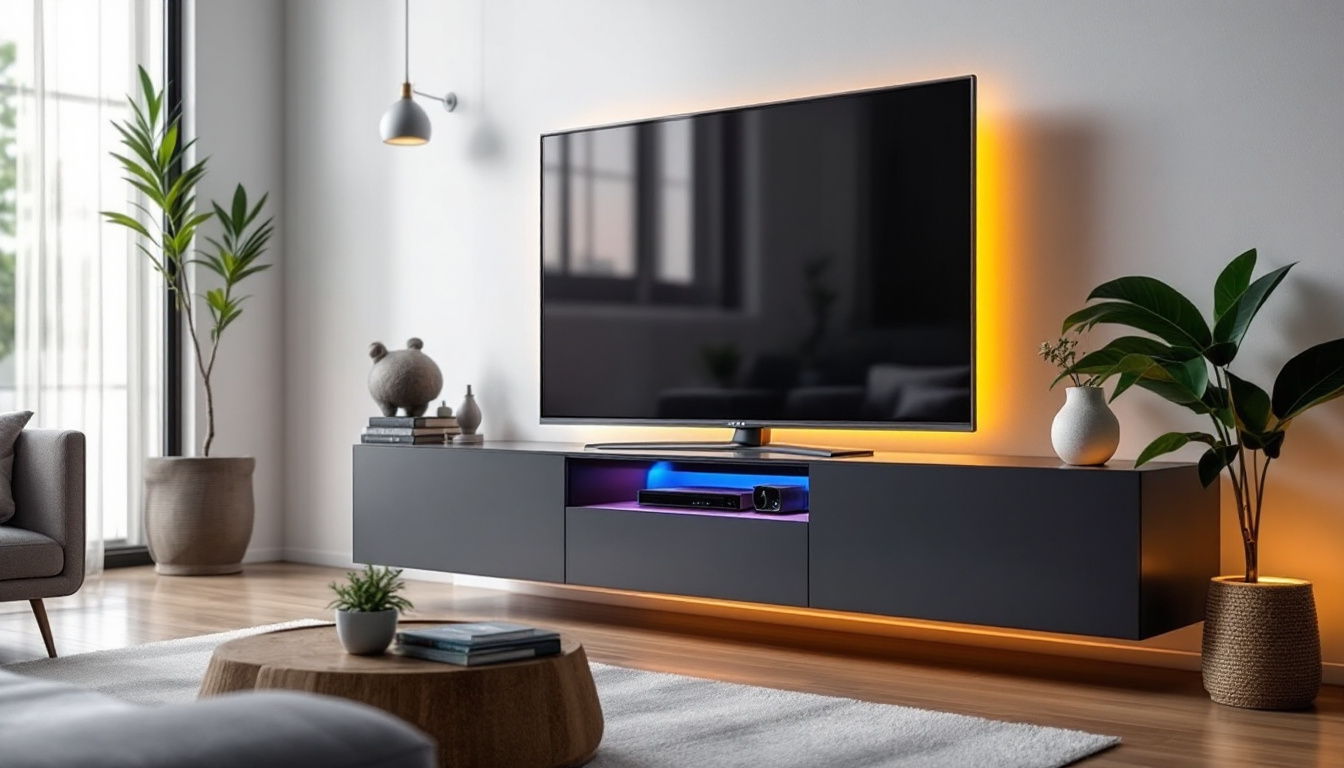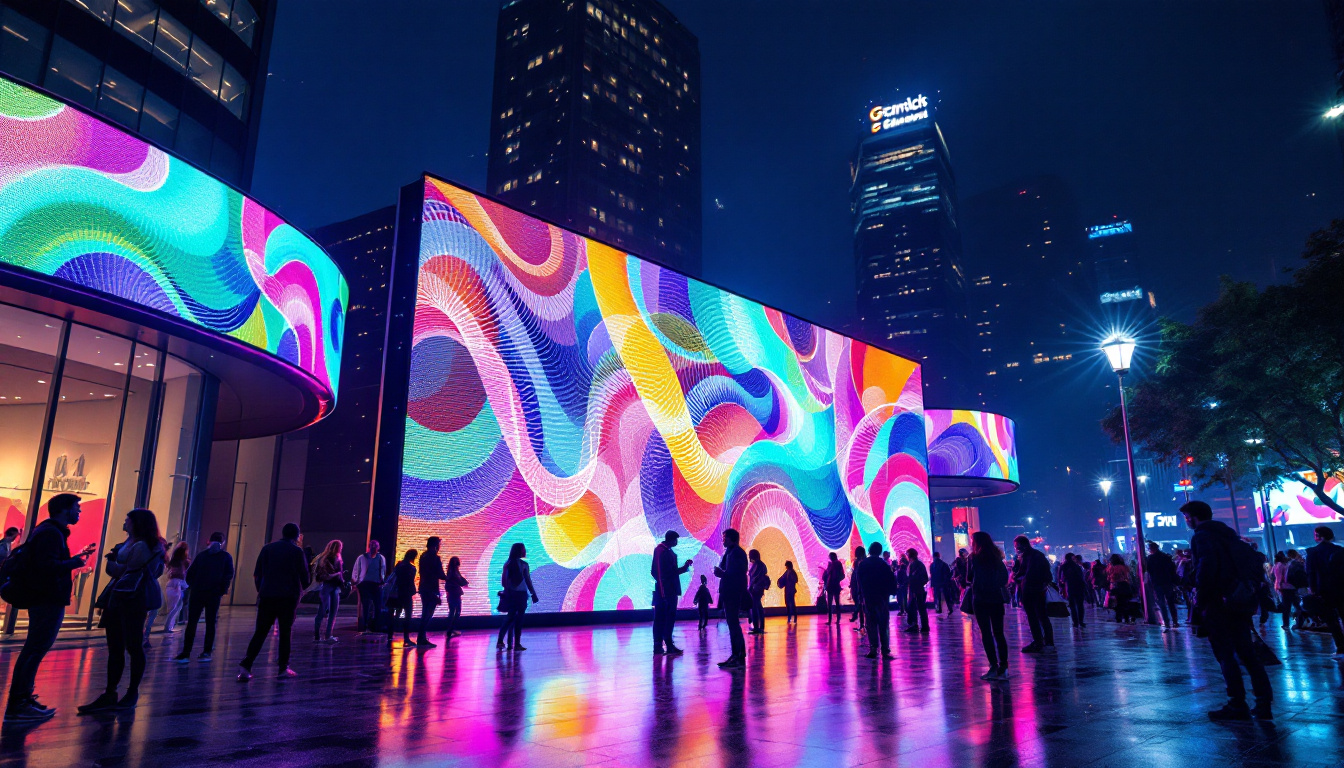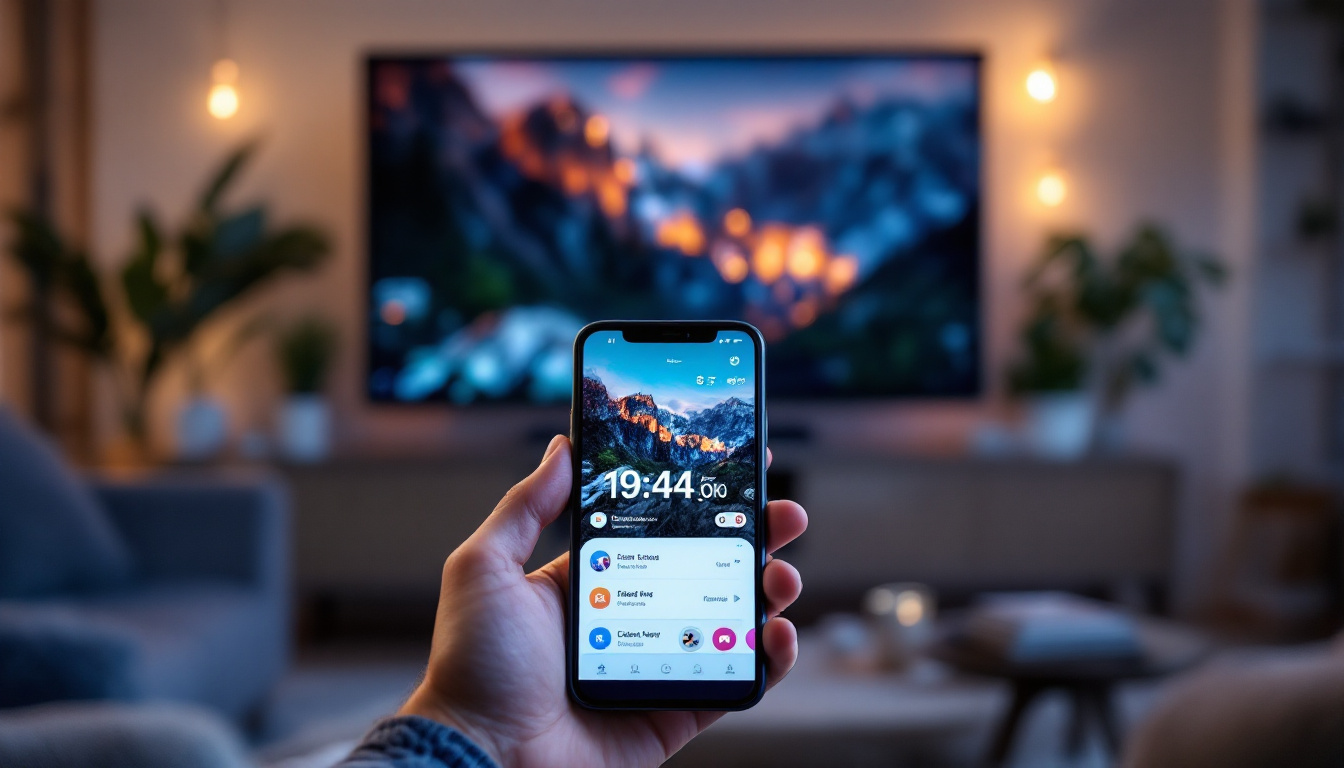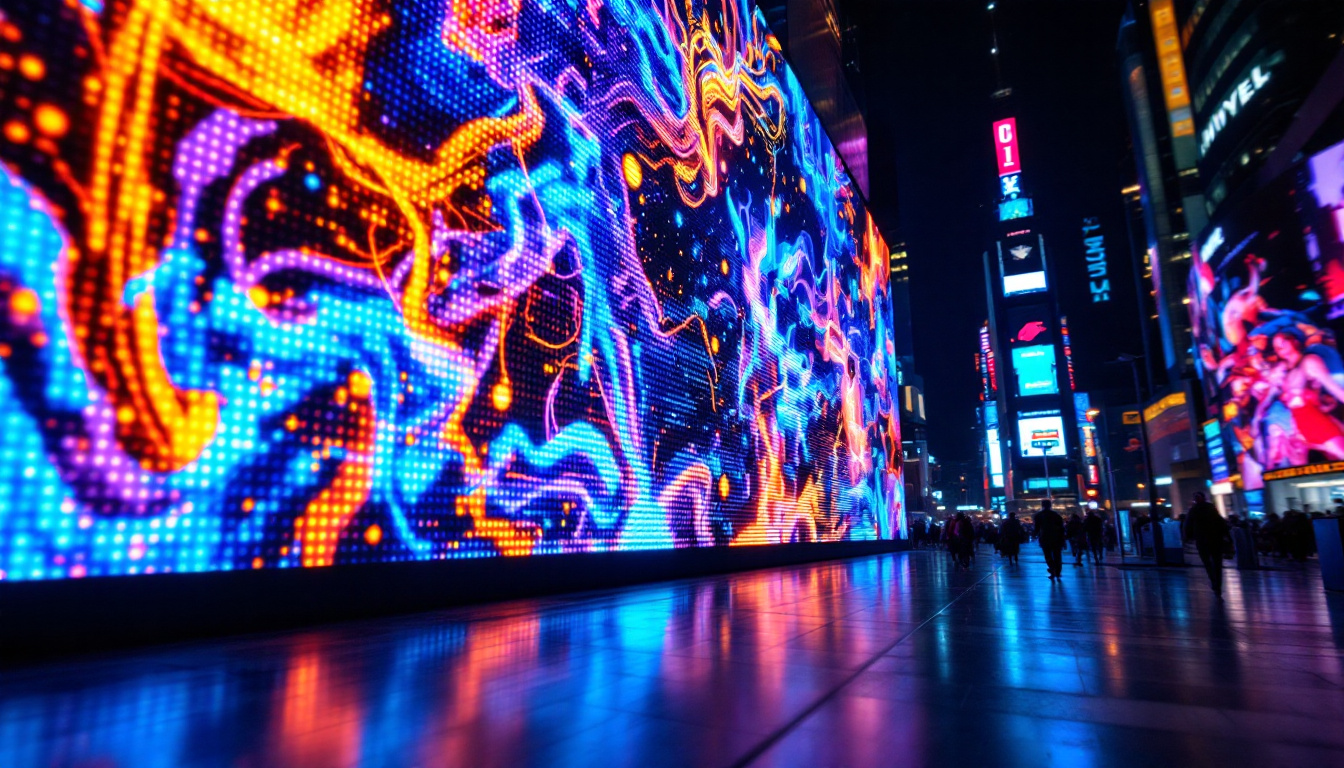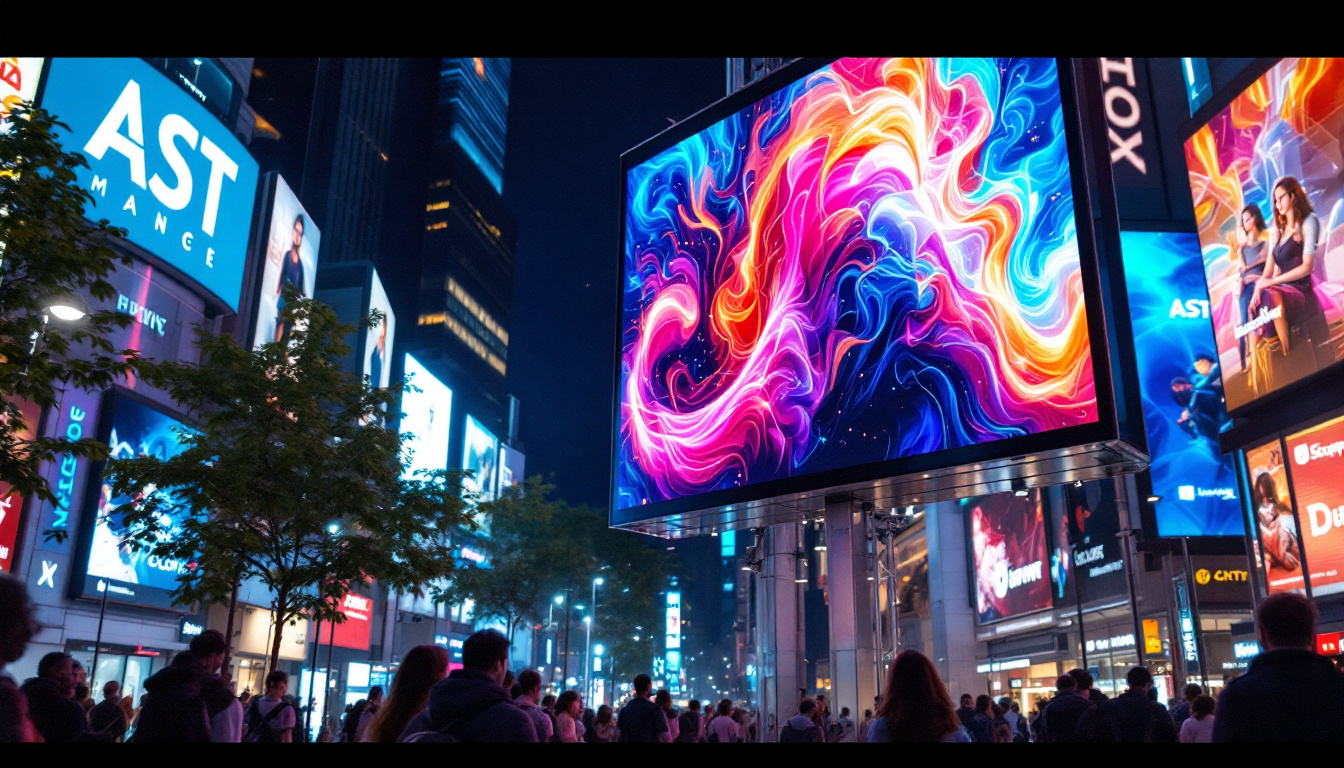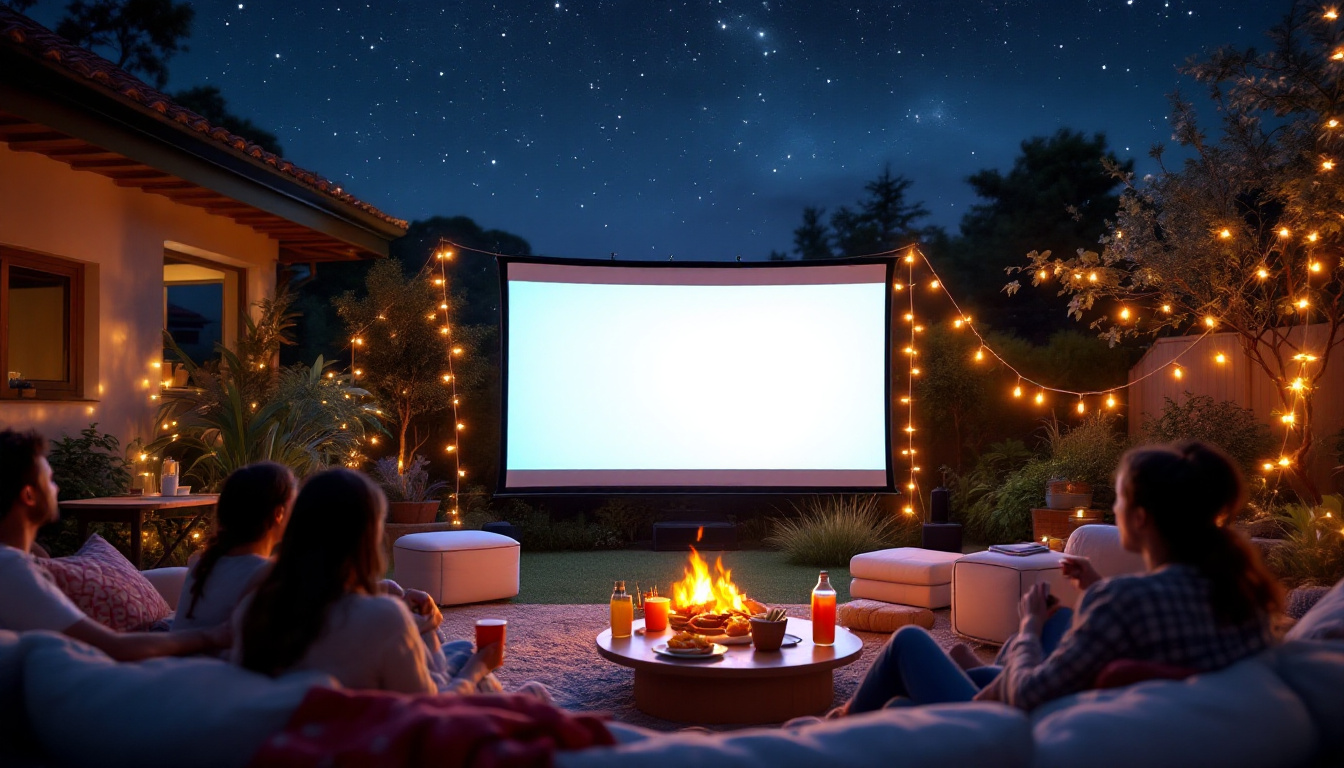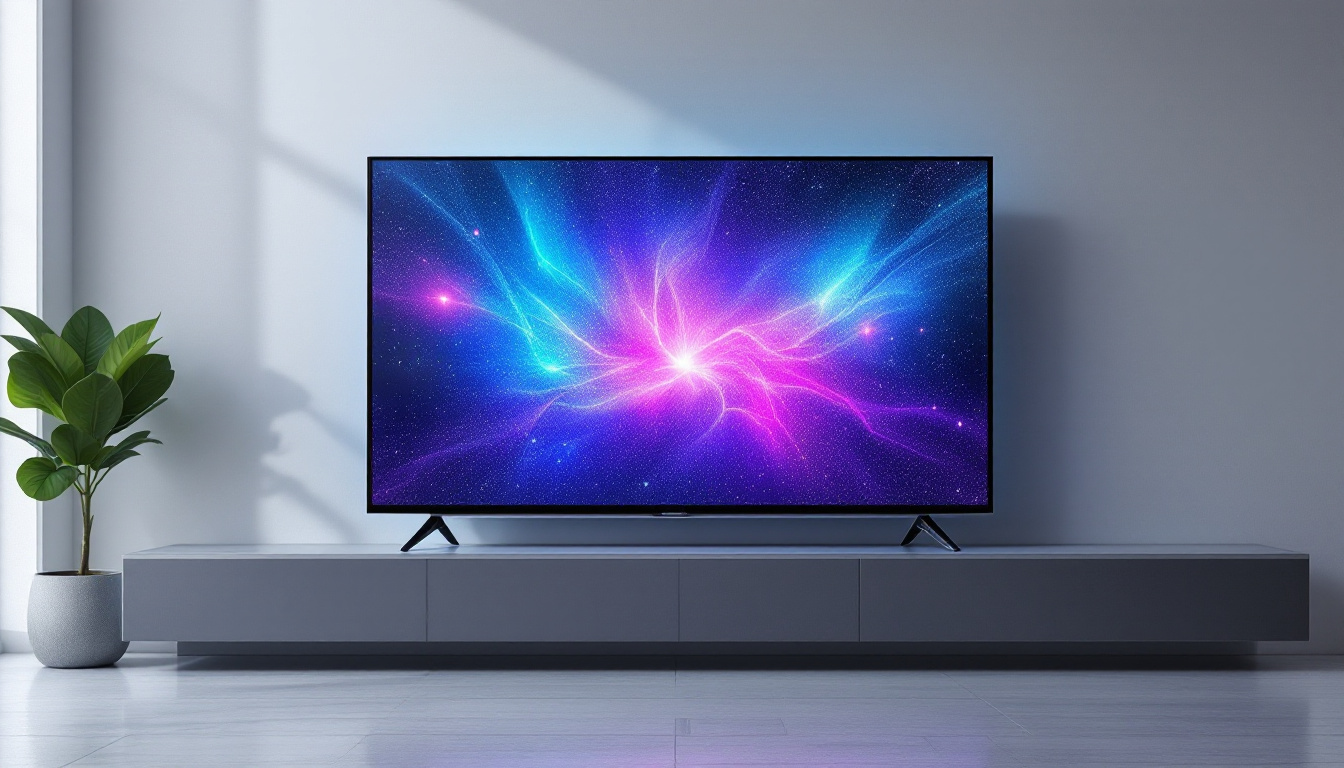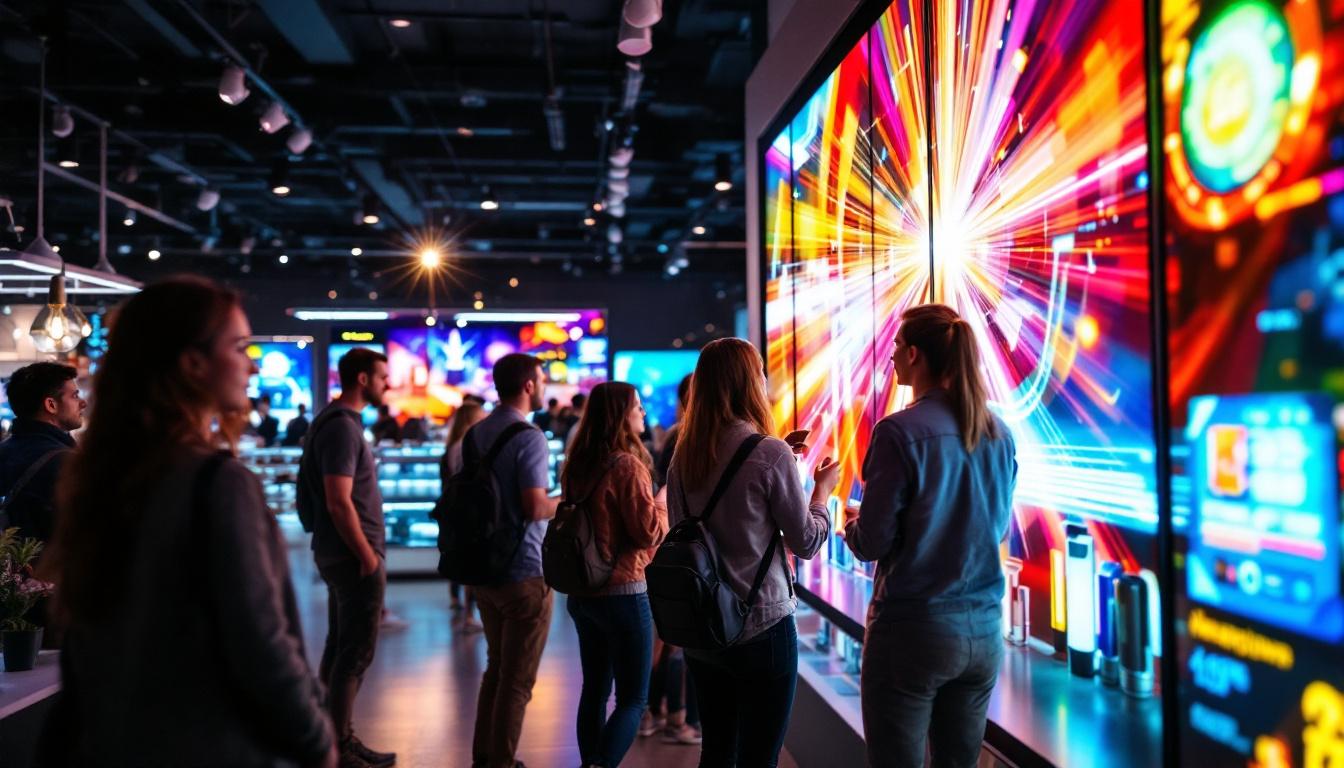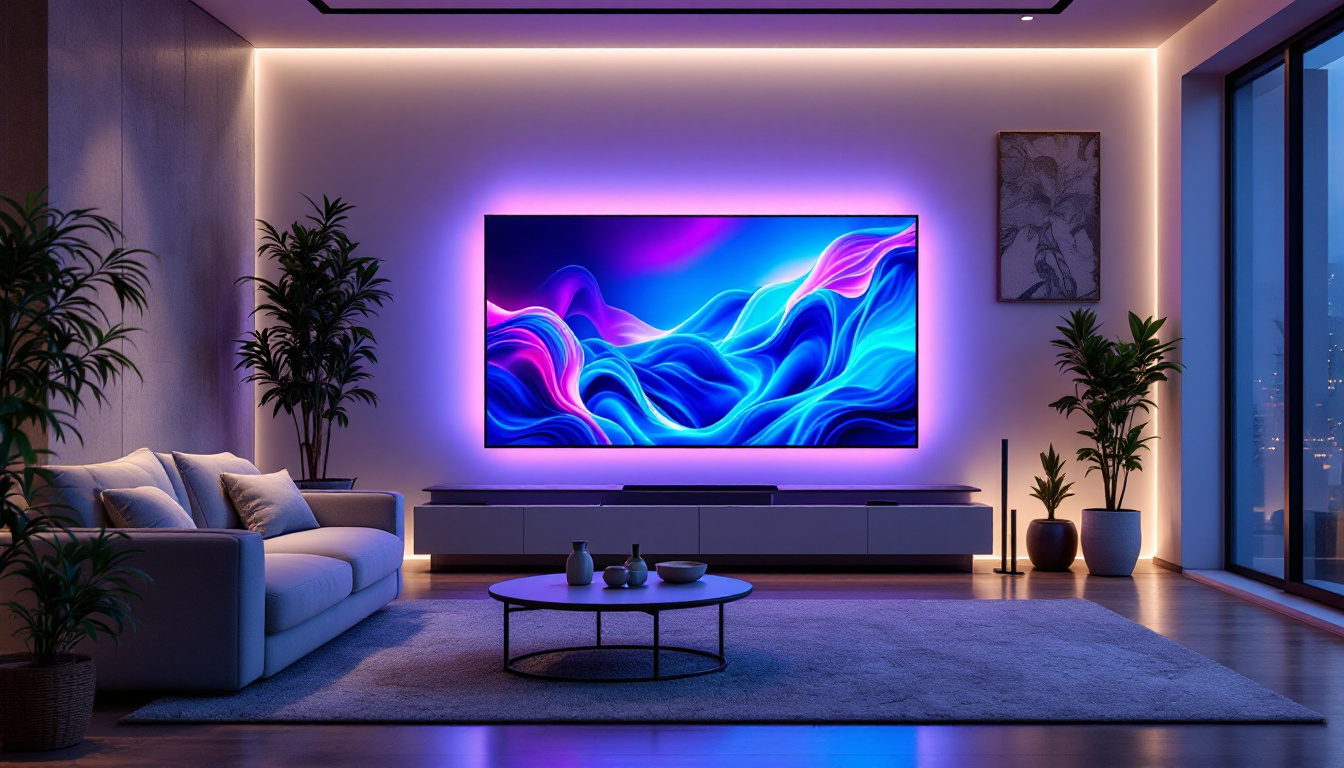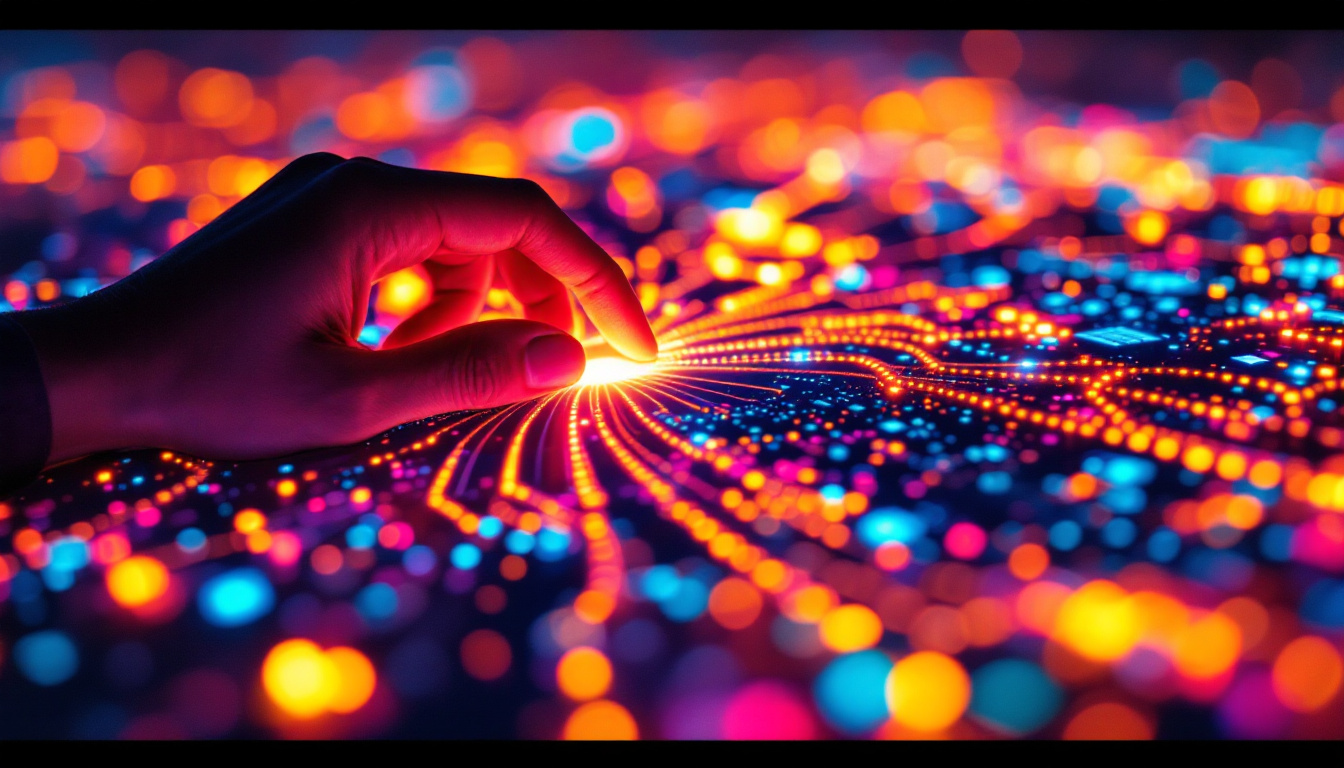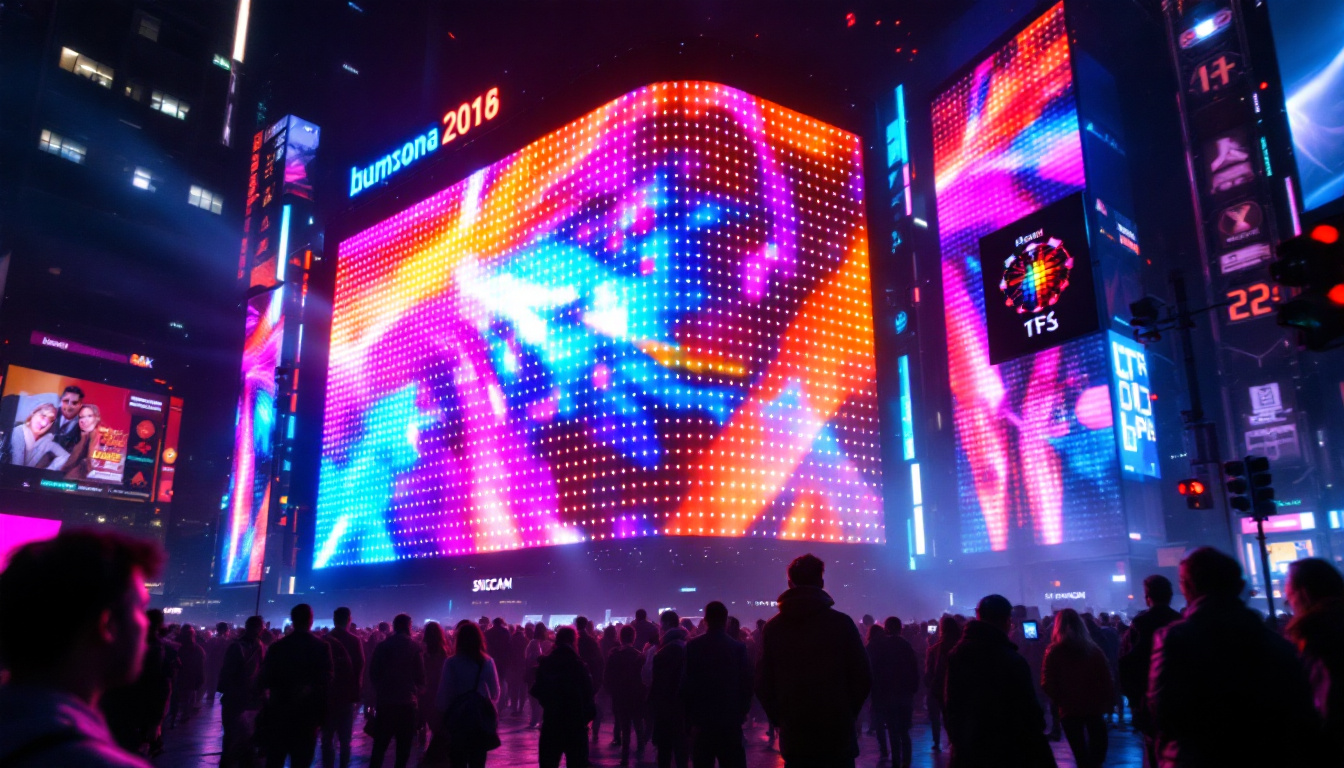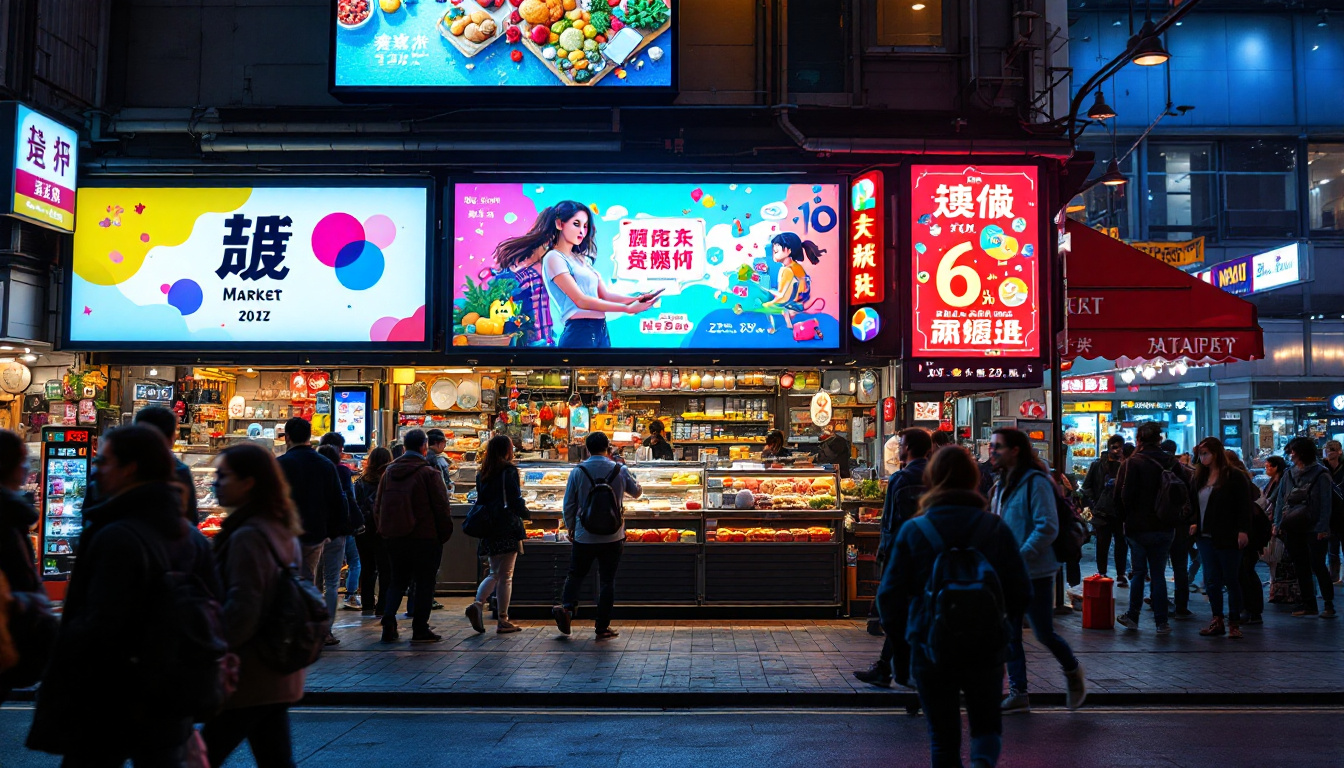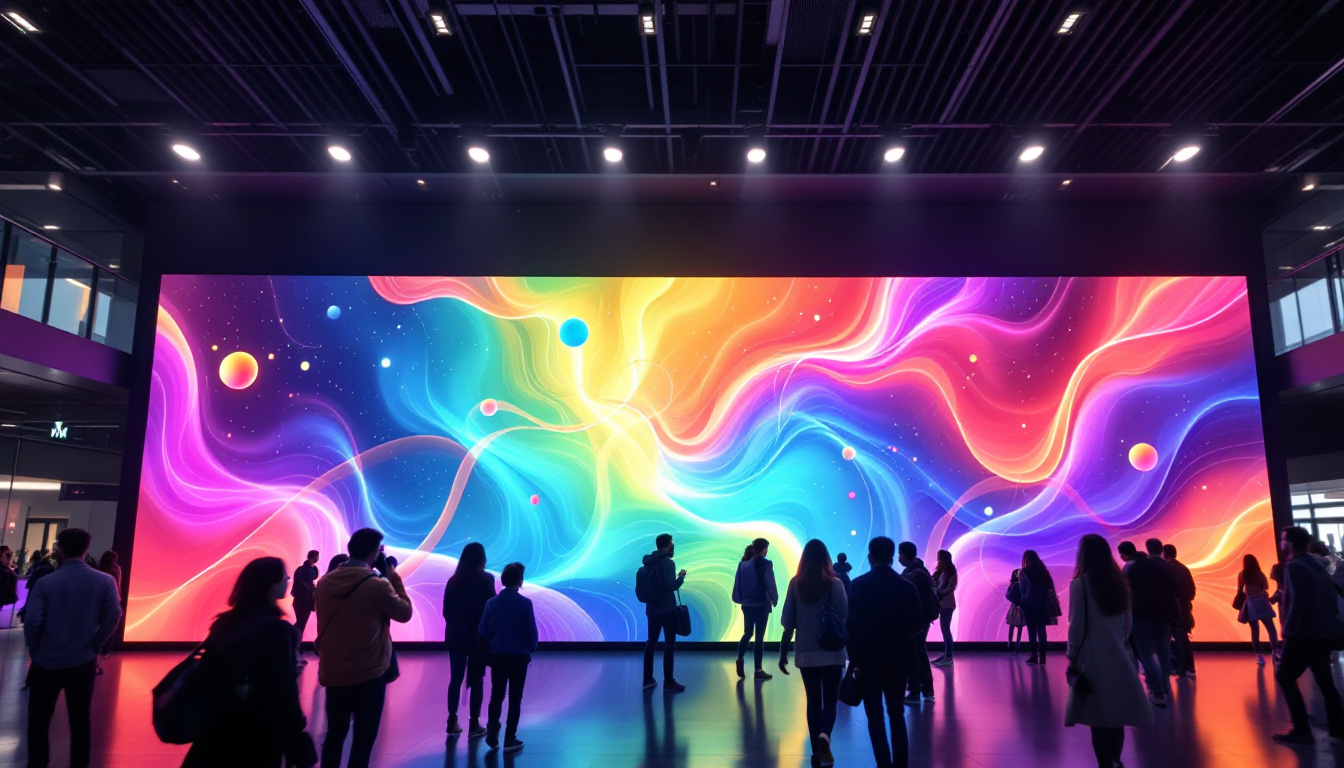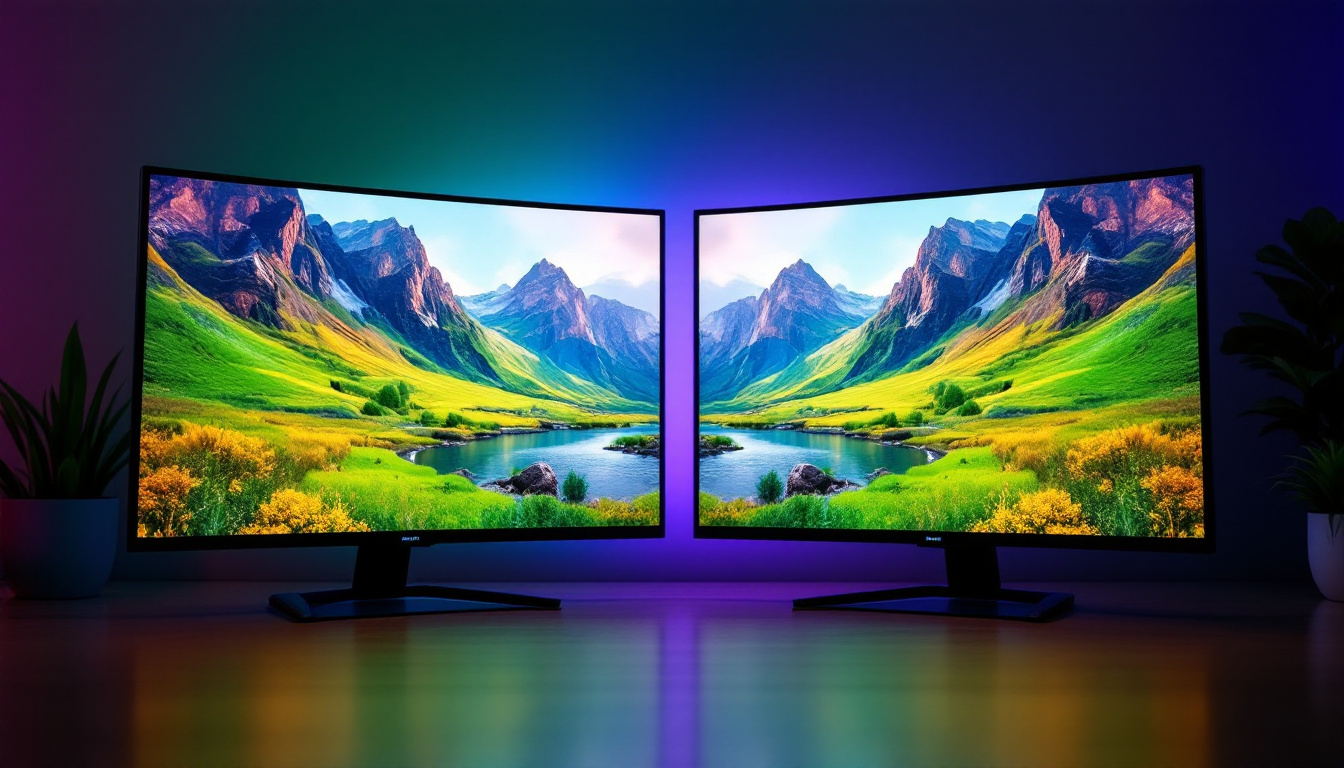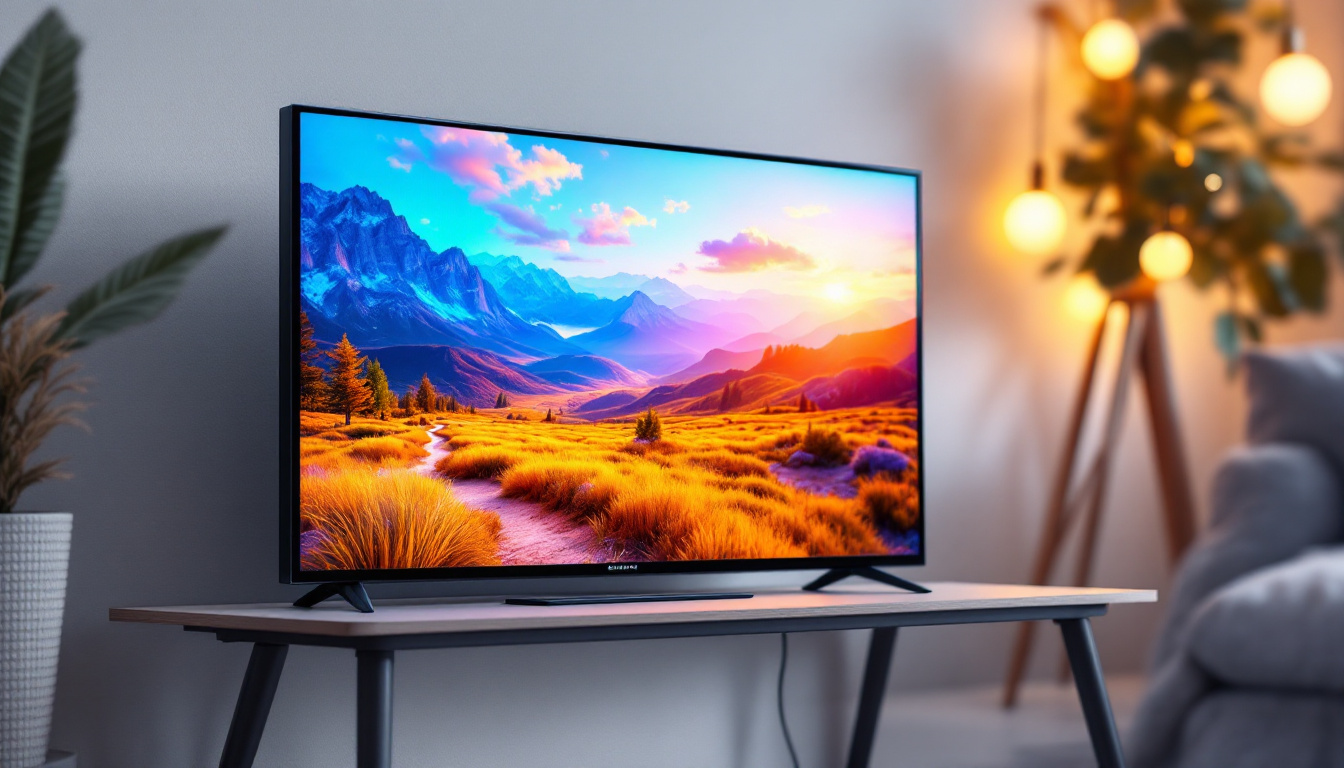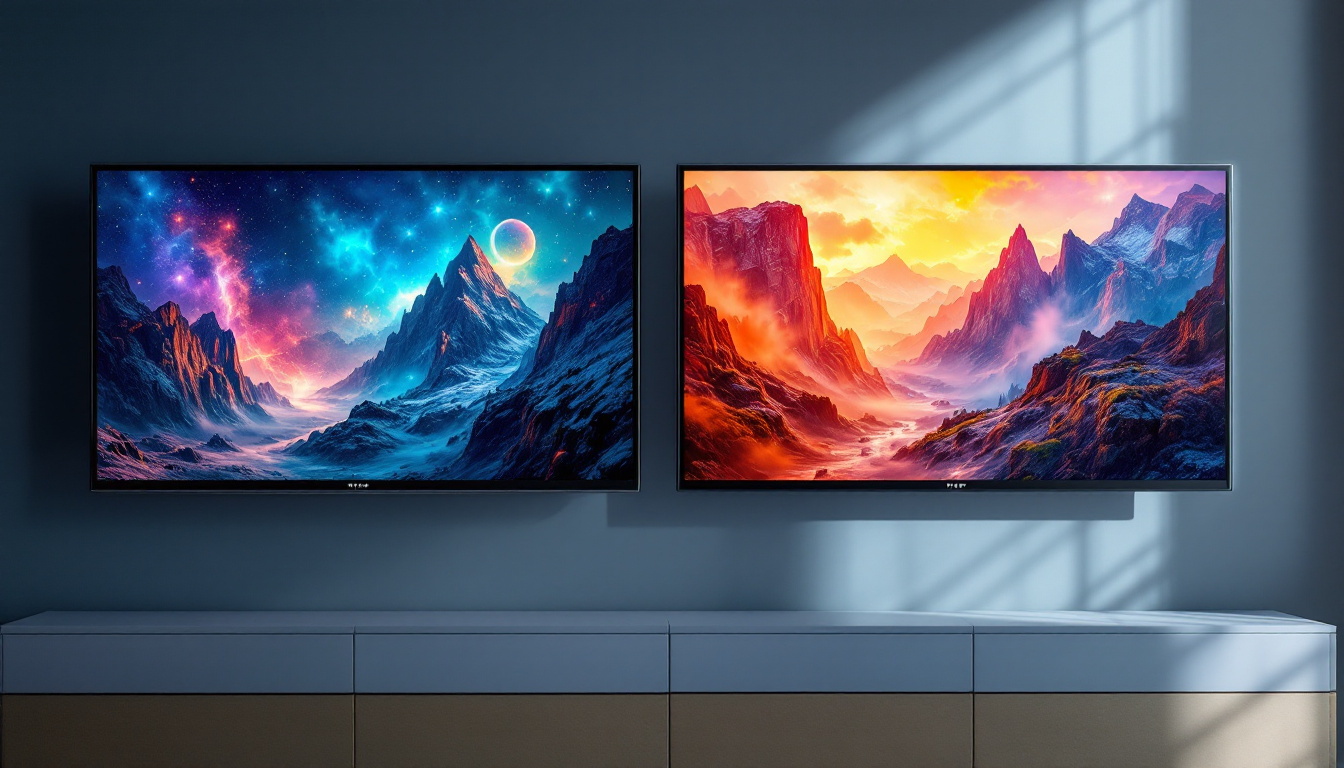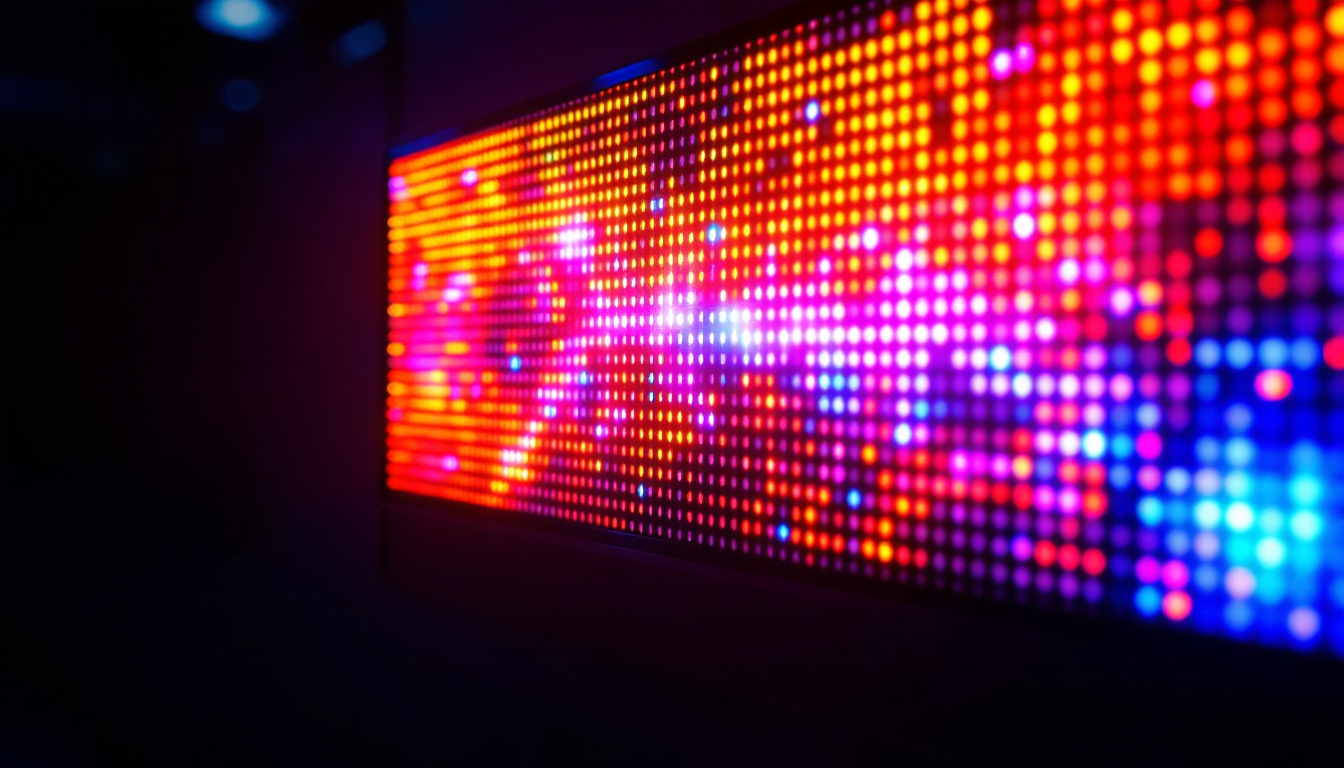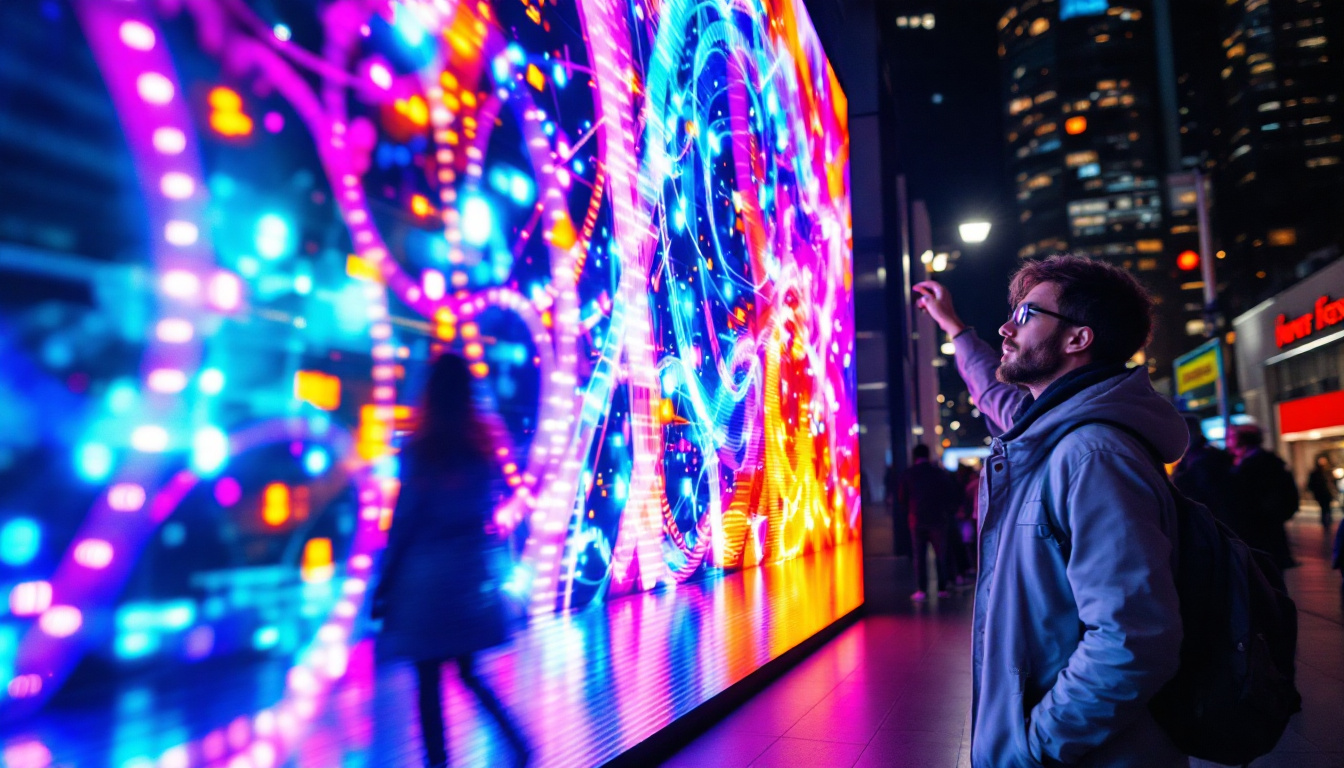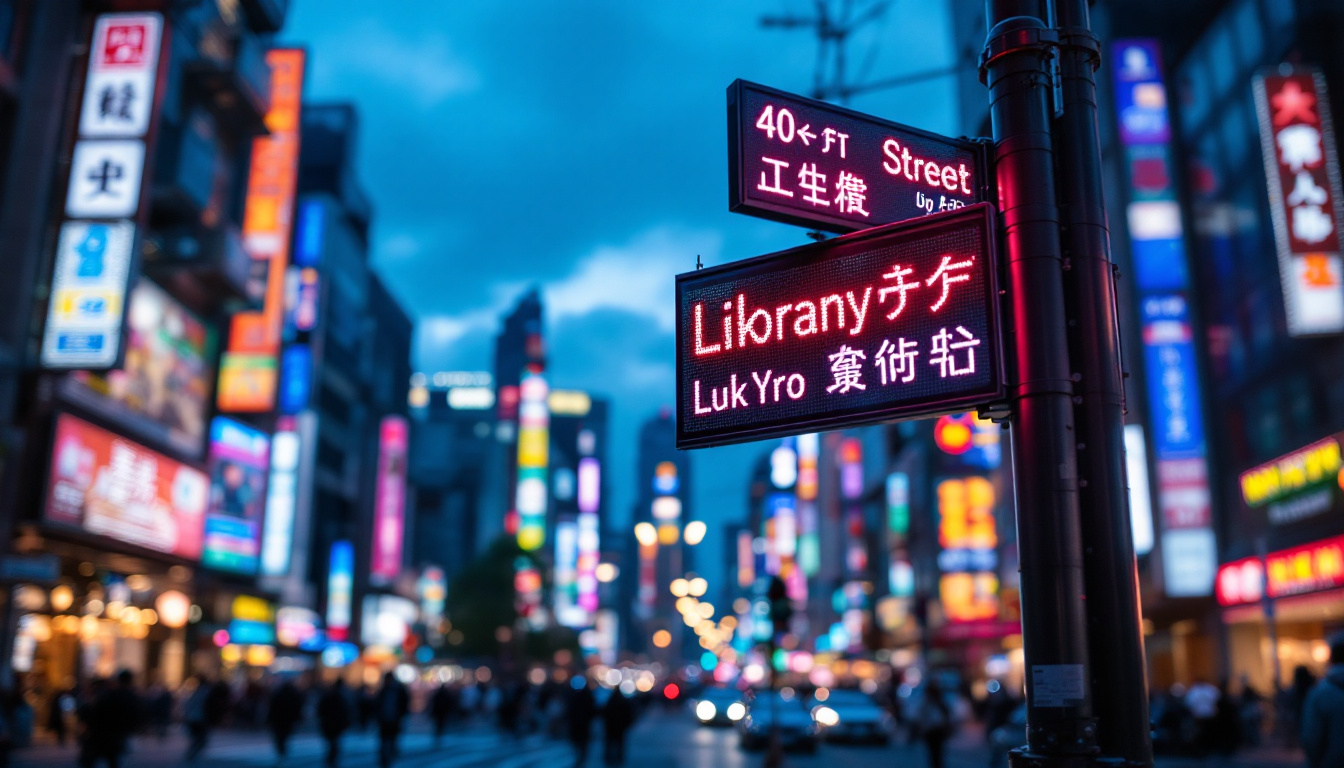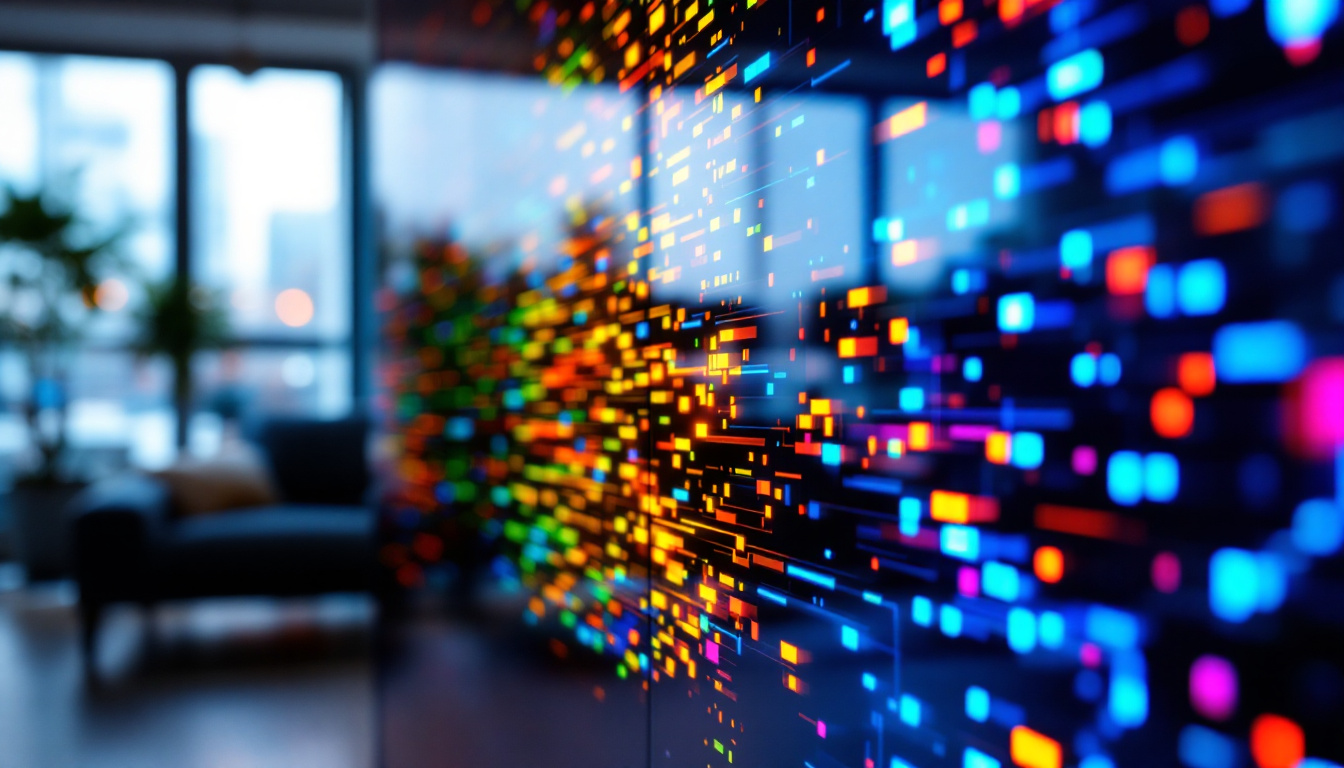In today’s modern world, lighting has evolved significantly, with LED technology leading the way in efficiency and versatility. One of the most popular applications of LED technology is in panel lights, particularly in wall-mounted displays. This article delves into the intricacies of panel lights, their advantages, and how they are revolutionizing the way we illuminate our spaces.
Understanding Panel Lights
Panel lights are flat, thin fixtures that provide uniform lighting across a surface. Unlike traditional light fixtures, they offer a sleek design that can seamlessly blend into various environments, making them ideal for both residential and commercial applications. Their versatility allows them to be used in offices, schools, hospitals, and even homes, enhancing the aesthetic appeal while ensuring optimal illumination.
What Are LED Panel Lights?
LED panel lights utilize light-emitting diodes (LEDs) as their primary source of illumination. These lights are designed to emit a soft, diffused glow that minimizes harsh shadows and creates a comfortable ambiance. The technology behind LED panel lights allows for energy efficiency, longer lifespan, and reduced heat output compared to traditional lighting options. Additionally, LED panel lights are available in various color temperatures, enabling users to choose between warm, neutral, or cool white light to suit their specific needs and preferences.
Types of Panel Lights
There are several types of panel lights available in the market, each catering to different needs and preferences. The most common types include:
- Recessed Panel Lights: These are installed into the ceiling, providing a clean and modern look.
- Surface-Mounted Panel Lights: These fixtures are mounted directly on the ceiling or wall, making them easy to install in spaces where recessed lighting is not feasible.
- Suspended Panel Lights: Hanging from the ceiling, these lights are often used in commercial settings to create a dramatic effect.
In addition to these common types, panel lights can also be categorized based on their shape and size. Square and rectangular panel lights are the most popular, but round options are also available for those looking to add a unique touch to their lighting design. Furthermore, some panel lights come with adjustable brightness settings or color-changing features, allowing users to customize the lighting according to the time of day or specific activities, such as reading, working, or entertaining guests.
Another important aspect to consider when selecting panel lights is their installation method. While some may prefer the sleek appearance of recessed panel lights, others might opt for surface-mounted fixtures for ease of installation and maintenance. Additionally, many modern panel lights are designed to be compatible with smart home systems, enabling users to control their lighting remotely or set schedules for energy savings. This integration of technology not only enhances convenience but also contributes to a more sustainable and efficient lighting solution.
Benefits of LED Panel Lights
LED panel lights come with a multitude of benefits that make them an attractive option for various lighting needs. Their advantages extend beyond mere aesthetics, influencing energy consumption, maintenance, and overall user experience.
Energy Efficiency
One of the most significant benefits of LED panel lights is their energy efficiency. Compared to traditional incandescent or fluorescent lights, LEDs consume significantly less power while providing the same, if not greater, level of brightness. This efficiency translates to lower electricity bills and a reduced carbon footprint, making them an eco-friendly choice. Furthermore, many LED panel lights are designed to operate on low voltage, which can be particularly advantageous in settings where energy conservation is a priority, such as in off-grid solar applications or energy-efficient buildings.
Longevity and Durability
LED panel lights have a much longer lifespan than conventional lighting options. While traditional bulbs may last for about 1,000 hours, LED panel lights can last up to 50,000 hours or more. This longevity means less frequent replacements, reducing waste and maintenance costs over time. Additionally, LED technology is inherently more robust, as these lights are less susceptible to breakage from impacts or vibrations, making them ideal for high-traffic areas or industrial environments where durability is paramount.
Quality of Light
The quality of light produced by LED panel lights is another compelling reason to consider them. They provide a high Color Rendering Index (CRI), which means colors appear more vibrant and true to life under their illumination. Additionally, LED panel lights are available in various color temperatures, allowing users to create the desired atmosphere in any space. For instance, warmer color temperatures can create a cozy and inviting environment in residential settings, while cooler temperatures are often preferred in offices and commercial spaces to enhance focus and productivity. Moreover, many LED panels now offer adjustable color temperatures and dimming capabilities, giving users even more control over their lighting experience.
Environmental Impact
In addition to their energy efficiency, LED panel lights contribute positively to environmental sustainability. Unlike traditional lighting options, LEDs do not contain harmful substances such as mercury, which is commonly found in fluorescent bulbs. This absence of toxic materials means that LED lights can be disposed of more safely, reducing the risk of environmental contamination. Furthermore, the reduced energy consumption associated with LED lighting leads to decreased demand for electricity, which can lessen the reliance on fossil fuels and lower greenhouse gas emissions. As more individuals and businesses make the switch to LED technology, the collective impact can be significant in the fight against climate change.
Versatility in Design
LED panel lights are not only functional but also versatile in design, making them suitable for a wide range of applications. They can be seamlessly integrated into various architectural styles, from modern minimalist interiors to more traditional spaces. Available in different shapes and sizes, these lights can be recessed into ceilings for a sleek look, mounted on surfaces for added visibility, or even suspended as part of a decorative lighting scheme. This adaptability allows designers and homeowners alike to use LED panel lights creatively, enhancing both the aesthetics and functionality of any space.
Applications of Panel Lights
Panel lights are versatile and can be used in a variety of settings. Their sleek design and efficient performance make them suitable for both residential and commercial applications.
Residential Use
In residential settings, LED panel lights can be used in living rooms, kitchens, and bedrooms. They can be installed as main lighting fixtures or used as accent lighting to highlight specific areas. Their modern appearance complements contemporary home designs, providing a clean and uncluttered look.
Commercial Use
In commercial environments, panel lights are commonly used in offices, retail spaces, and educational institutions. Their ability to provide uniform lighting helps reduce eye strain, making them ideal for workspaces where employees spend long hours. Additionally, their energy efficiency contributes to lower operational costs for businesses.
Healthcare Facilities
Healthcare facilities benefit from the use of LED panel lights due to their bright, clear illumination. Hospitals and clinics require lighting that enhances visibility while also creating a calming environment for patients. LED panel lights can meet these needs effectively, providing the right balance of brightness and comfort.
Installation Considerations
Installing panel lights requires careful planning and consideration to ensure optimal performance and aesthetics. Whether opting for recessed, surface-mounted, or suspended fixtures, several factors should be taken into account.
Choosing the Right Location
The location of panel lights plays a crucial role in their effectiveness. In residential settings, placing lights in areas where tasks are performed, such as kitchens and workspaces, can enhance functionality. In commercial settings, strategic placement can improve overall lighting quality and employee productivity.
Wiring and Electrical Requirements
Before installation, it’s essential to assess the electrical requirements of the panel lights. Depending on the type of fixture, specific wiring configurations may be needed. Consulting with a qualified electrician can ensure that the installation adheres to safety standards and regulations.
Design Integration
Panel lights should complement the overall design of the space. Selecting fixtures that match the color scheme and style of the room can enhance visual appeal. Additionally, considering the size and shape of the panel lights in relation to the surrounding decor can create a cohesive look.
Maintenance of LED Panel Lights
While LED panel lights are known for their longevity and low maintenance requirements, some basic care can help maximize their lifespan and performance.
Regular Cleaning
Dust and dirt can accumulate on the surface of panel lights, diminishing their brightness and effectiveness. Regular cleaning with a soft, dry cloth can help maintain their appearance and ensure optimal light output. Avoid using harsh chemicals or abrasive materials that could damage the surface.
Checking for Damage
Occasionally inspecting panel lights for signs of damage or wear is essential. If any flickering, dimming, or unusual behavior is observed, it may indicate a need for repair or replacement. Addressing these issues promptly can prevent further complications and ensure continued performance.
Upgrading Technology
As technology continues to advance, upgrading to newer LED panel lights with improved features may be beneficial. Modern fixtures often come with enhanced energy efficiency, better color rendering, and smart capabilities, allowing for greater control over lighting settings.
Future Trends in LED Panel Lighting
The landscape of LED panel lighting is constantly evolving, with new trends emerging that promise to enhance functionality and user experience.
Smart Lighting Integration
Smart lighting technology is becoming increasingly popular, allowing users to control their panel lights remotely via smartphones or smart home systems. This integration enables features such as dimming, color changing, and scheduling, providing greater flexibility and personalization in lighting design.
Human-Centric Lighting
Human-centric lighting focuses on creating environments that support human health and well-being. This approach considers factors such as circadian rhythms and the impact of light on mood and productivity. Panel lights designed with human-centric principles can adjust color temperature and intensity throughout the day, mimicking natural daylight.
Sustainable Practices
As sustainability becomes a priority for many consumers and businesses, the demand for eco-friendly lighting solutions is on the rise. Future LED panel lights may incorporate recycled materials and innovative manufacturing processes that reduce environmental impact, further solidifying their position as a responsible lighting choice.
Conclusion
LED panel lights are transforming the way we illuminate our spaces, offering a blend of efficiency, aesthetics, and versatility. Their numerous benefits, including energy savings, longevity, and quality of light, make them an ideal choice for both residential and commercial applications. As technology continues to advance, the future of panel lights looks promising, with innovations that prioritize user experience and sustainability. Embracing LED panel lighting not only enhances the ambiance of a space but also contributes to a more sustainable and energy-efficient future.
Illuminate Your Space with LumenMatrix
Ready to elevate your environment with the latest in LED technology? LumenMatrix is at the forefront of creating immersive visual experiences through a diverse range of LED display solutions. From dynamic Indoor and Outdoor LED Wall Displays to innovative options like Vehicle, Sports, and Floor LED Displays, we have the perfect fit for your unique needs. Embrace the future of lighting with our Custom, All-in-One, and Transparent LED Displays, designed to captivate and engage. Discover how LumenMatrix can transform your visual communication and make a lasting impression. Check out LumenMatrix LED Display Solutions and light up your world with brilliance.

